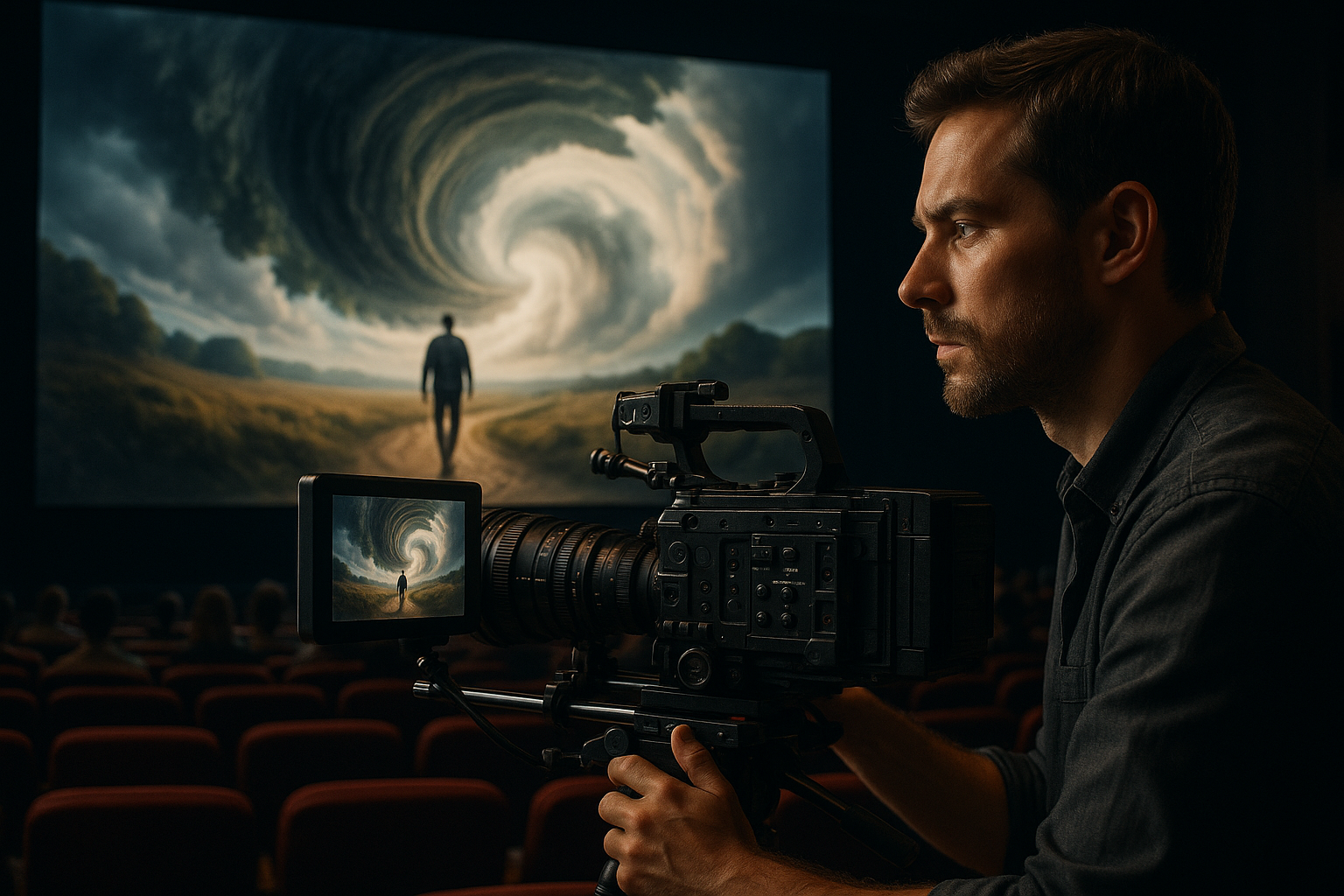Twisting Reality: The Arrival of Hyperrealism in Mainstream Cinema
Introduction: In a time when technology and artistry intertwine, the film industry is witnessing a new trend—Hyperrealism. This burgeoning movement, challenging our perception of reality, is gaining traction in mainstream cinema, bringing a fusion of intense detail and heightened emotional depth to the screen.

A Glimpse into the Past: The Road to Hyperrealism
Hyperrealism, though a relatively new term in cinema, has roots deeply embedded in the art world. The term was first coined in the 1970s to describe artists who presented their work with such immaculate detail, it blurred the distinction between reality and representation. This concept was later adopted by filmmakers, who used innovative technology and cinematic techniques to create intricately detailed visual narratives.
The New Wave: Hyperrealism in Today’s Cinema
In the contemporary film scene, hyperrealism is not just about replicating reality—it’s about heightening it. Directors like Alejandro Gonzalez Iñárritu in ‘The Revenant’ and Sam Mendes in ‘1917’ have used hyperrealistic techniques to create immersive cinematic experiences that plunge viewers into the heart of the narrative.
The Tools of the Trade: Technology and Technique
Advancements in technology have played a significant role in the rise of hyperrealism. High-resolution cameras, sophisticated CGI, and immersive sound design are just some of the tools filmmakers use to create hyperrealistic films. Simultaneously, they employ long-take cinematography and naturalistic performances to ensure the emotional experience is just as immersive as the visual one.
The Impact: Changing Audience Perceptions
Hyperrealism has had a profound impact on how audiences consume cinema. It demands more than passive viewing; it requires active engagement. Audiences are no longer mere spectators but participants in the narrative. This immersive style of cinema has set a new standard for filmmaking, challenging directors to push boundaries and explore uncharted cinematic territories.
The Future: Hyperrealism and the Evolution of Cinema
As technology continues to evolve, so will the use of hyperrealism in cinema. The trend suggests a future where virtual reality and augmented reality could further blur the lines between fiction and reality. As filmmakers embrace this movement, audiences can expect to be part of more immersive and emotionally engaging cinematic experiences.
In the realm of arts and entertainment, hyperrealism in cinema is a testament to the infinite possibilities that arise when technology meets creativity. This fusion not only offers a fresh perspective on filmmaking but also redefines our understanding of what cinema can be. It’s more than a passing trend—it’s a bold new chapter in the story of film.




